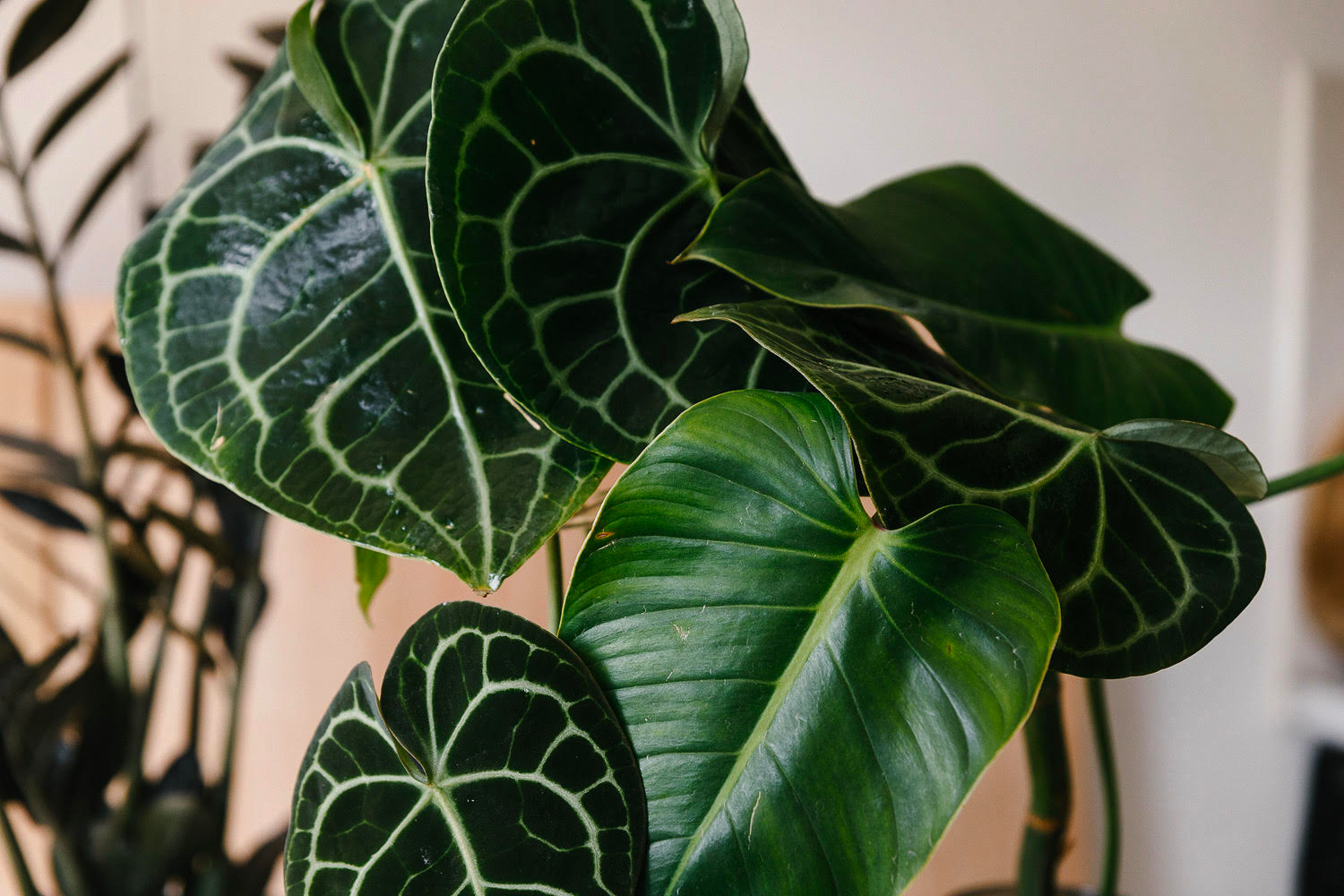Root rot is a frustrating problem, but fear not! We're here to help you understand the causes and steps you can take to address it, so your plant can bounce back. Root rot can occur due to overwatering, under-watering, imported plants, and over-fertilising. Lack of oxygen in the substrate is a contributing factor as well, as roots require oxygen to function properly. When the substrate becomes excessively moist and lacks proper airflow, root rot becomes a real threat. However, it's a disease that can be overcome if caught early enough.

[Root rot from importing]
Overwatering:
When you overwater your plant, harmful bacteria and pathogens thrive. The lack of oxygen exacerbates the problem, compromising the root's defence mechanisms and beneficial soil bacteria. Root rot typically begins at the tips of the roots, caused by anaerobic bacteria or other detrimental fungi. From there, the rot progresses towards the rest of the plant.
Under Watering:
Surprisingly, root rot can also occur from underwatering your plant. When roots lack moisture for an extended period or are in a substrate that doesn't distribute water evenly, they shrink, shrivel, and eventually die off. When the plant is finally watered, the dead roots turn mushy, leading to rot.
Importing:
Importing plants can be incredibly stressful for them. They go without light, water, and warmth, enduring various climates and temperature changes for days or even weeks. Delicate plants like Alocasia and Calathea are especially susceptible to root rot if they arrive in a substrate that is either too dry or too wet. Acclimating them to your environment can be challenging, increasing the likelihood of root rot. However, this topic deserves an entire blog post of its own.
Over Fertilising:
Using both slow-release and liquid fertilisers simultaneously, especially repeatedly, can lead to chemical burn. If left untreated, chemical burn can result in plant death. The root capillaries burst, trapping salts in the stems and foliage, causing severe lesions. At this point, the plant's roots are mostly dead or completely gone. Remember, less is more when it comes to fertilising.
Potted in Peat Moss:
If you purchase a plant potted in peat moss, carefully examine the roots when repotting. Peat moss restricts and condenses, holding moisture for extended periods. This increases the susceptibility to root rot, as potted plants in peat moss often lack proper aeration.
What Does Root Rot Look Like?
 [Root rot from under-watering]
[Root rot from under-watering]
Identifying Root Rot:
You don't always need to see the roots to spot root rot. Watch out for signs such as wilting, softness, mushy stems, yellowing leaves, black spots, and slowed growth. Sometimes, it can be challenging to detect, so stay vigilant regardless of the substrate or growing method you choose.
 [Root rot from importing]
[Root rot from importing]
When inspecting the root system, look for various colours, including white, red, beige, pinkish hints, or brown/black from the soil. A clear sign of rot is mushy or slimy roots that easily come apart, leaving behind hair-like strands when gently pulled. In some cases, a swamp-like odour may be present.
Dealing with Root Rot

Now, let's address how to tackle root rot. Here's what you'll need:
• Sterilised pair of scissors
• Hydrogen peroxide (3%)
• Filtered or distilled water (tap water can suffice)
• Bowl (large enough to dip the plant's roots into)
• Fresh substrate
• Potting tarp
Start by removing the plant from its pot and thoroughly remove the previous soil to assess the situation.
 [Root rot from importing]
[Root rot from importing]
Next, prepare a mixture of one part 3% hydrogen peroxide and two parts water. Dip the roots into the solution, giving them a brief swish to disinfect them.

After Care

After treating your plant, you may have a couple of questions:
Can I reuse the same soil?
Reusing the soil can be risky as it may contain harmful bacteria and pathogens. Sterilising it before repotting is possible but challenging, so it's not highly recommended unless you have a thorough sterilisation method.
When should I water my plant after treatment?
Avoid watering immediately, but within the same week of repotting should be fine. The soil should be slightly moist, so water when the top few inches feel dry as usual. If you've treated the plant, it shouldn't be a problem.
Lastly, refrain from fertilising your plant for a few months after root rot. Allowing the plant to focus on root recovery rather than leaf growth is crucial. Fertilising during this period may cause further stress.

Top Tips:
• Use clear pots to closely monitor your plants and spot root rot early.
• Water your plant outside its decorative pot to ensure proper drainage.
• Sprinkle cinnamon on the roots before repotting as a natural fungicide.
• Take your time when repotting a new plant to thoroughly examine the roots for any signs of rot.
• Remove yellowing leaves, those with black spots, and dying leaves after treatment to conserve the plant's energy and reduce stress.

Remember, root rot may suck, but by following these steps, you can address the issue and take preventive measures. Good luck with your plant care endeavours!

